Sergei Eisenstein’s Biography
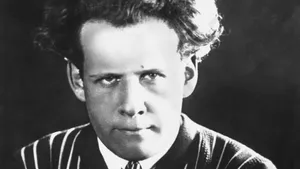
Sergei M. Eisenstein is a renowned director born on January 22, 1898, in Russia. He is best known for his work as a Russian film director, notably for the film Ivan the Terrible, featuring Nikolai Cherkasov in a leading role.
Eisenstein hails from Russia and held admiration for Walt Disney, particularly for Disney’s film Snow White and the Seven Dwarfs.
| Bio | |
|---|---|
| Full Name | Sergei M. Eisenstein |
| Occupation | Director |
| Age | Death Date Jul 23, 1948 (age 50) |
| Date of Birth | January 22, 1898 |
| Place of Birth | Russia |
| Star Sign | Aquarius |
| Country | Russia |
| Gender | Male |
“Sergei M. Eisenstein was born on January 22, 1898, which fell on a Sunday. At present, he is 50 years old. Eisenstein’s zodiac sign is Aquarius, and his birth flowers are Carnation and Snowdrop.”
| Birth date | 22-Jan |
| Day of Birth | Sunday |
| Year of Birth | 1898 |
| Birth Sign | Aquarius |
| Birth Sign Duality | Assertive |
| Birth Sign Modality & Element | Fixed Air |
| Opposite Sign | Leo |
Sergei Eisenstein’s Early life
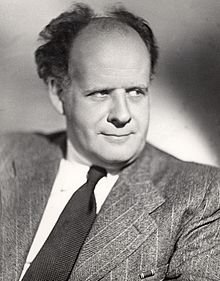
“Sergei Eisenstein was born on January 22, 1898, in Riga, located in the Governorate of Livonia, Russian Empire (present-day Latvia). He hailed from a middle-class family that moved frequently during his early years, a pattern that persisted throughout his life. His father, Mikhail Osipovich Eisenstein, was an architect born in the Kiev Governorate to a Jewish merchant father named Osip and a Swedish mother. Despite his Jewish heritage, Sergei’s father had converted to the Russian Orthodox Church. His mother, Julia Ivanovna Konetskaya, came from a prosperous Russian Orthodox family with merchant roots.
In 1905, amidst the Russian Revolution, Julia relocated to St. Petersburg, taking Sergei with her. Although his father later joined them around 1910, the family faced eventual separation and divorce, prompting Julia to depart for France, leaving Sergei behind. Raised in the Orthodox Christian faith, Sergei Eisenstein eventually embraced atheism later in life.
During his childhood, Eisenstein was influenced by films such as “The Consequences of Feminism” by Alice Guy-Blaché, the first female filmmaker.
Sergei Eisenstein’s Education
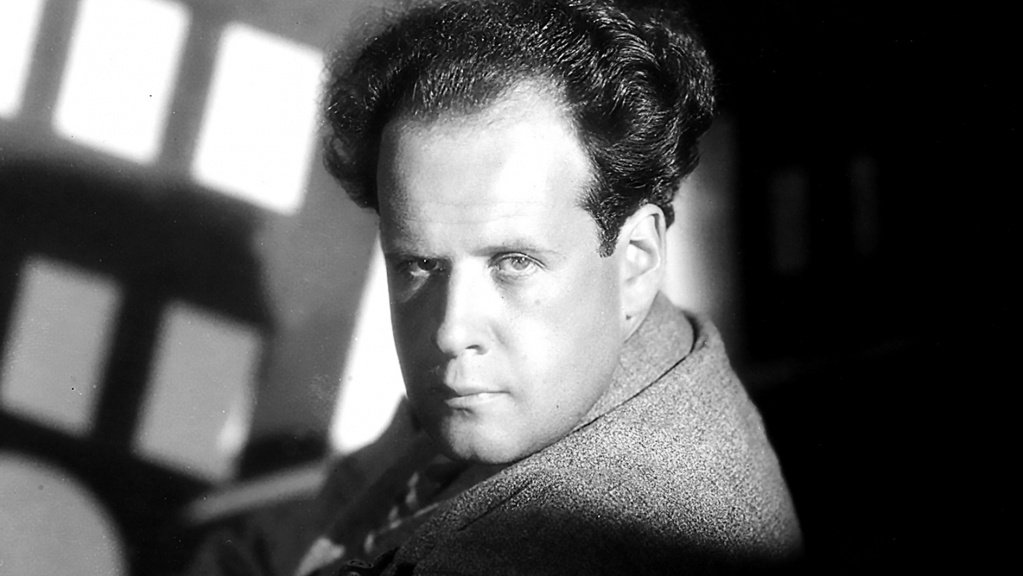
At the Petrograd Institute of Civil Engineering, Sergei Eisenstein pursued studies in architecture and engineering, following the path of his father’s profession. However, in 1918, he departed from his academic pursuits to enlist in the Red Army during the tumultuous period of the Russian Civil War, despite his father’s opposing allegiance.
While Eisenstein joined the Red Army, his father, Mikhail, found himself on the opposing side, leading to his relocation to Germany after the anti-Bolshevik forces were defeated. Meanwhile, Sergei’s military service took him to various locations, including Petrograd, Vologda, and Dvinsk.
By 1920, Sergei had been reassigned to a commanding position in Minsk, where he gained recognition for his adept propaganda skills in support of the October Revolution. It was during this period that he was introduced to Kabuki theatre, a form of traditional Japanese drama, and began studying the Japanese language. Eisenstein’s fascination with Kabuki and his study of Japanese, during which he acquired proficiency in approximately 300 kanji characters, significantly influenced his artistic development and visual language.
Sergei Eisenstein’s Career

Transition from Theatre to Cinema:
Sergei M. Eisenstein relocated to Moscow in 1920, marking the beginning of his transition from theatre to cinema. He embarked on his theatrical career by joining Proletkult, an avant-garde Soviet artistic institution aimed at revolutionizing existing artistic norms to create a new proletarian aesthetic. Eisenstein’s early productions at Proletkult, including “Gas Masks,” “Listen Moscow,” and “Enough Stupidity in Every Wise Man,” reflected his experimentation with innovative theatrical forms. During this time, he also served as a designer for Vsevolod Meyerhold, a prominent figure in Russian avant-garde theatre.
Eisenstein’s foray into film theory commenced in 1923 with the publication of “The Montage of Attractions” in the art journal LEF. Concurrently, he ventured into filmmaking, collaborating with Dziga Vertov on his debut film, “Glumov’s Diary,” which was created as part of the Wise Man theatre production.
His breakthrough came with the release of “Strike” in 1925, marking Eisenstein’s first full-length feature film. This was followed by the internationally acclaimed “Battleship Potemkin” later that same year. Despite receiving widespread acclaim outside the Soviet Union, Eisenstein’s cinematic techniques, characterized by innovative camera angles, crowd movements, and montage, attracted criticism from the Soviet film community for deviating from socialist realism principles. Consequently, Eisenstein faced pressure to conform to the prevailing ideological doctrines, leading to public self-criticism and commitments to align his cinematic vision with socialist realism principles.
Travels to Western Europe:
In the autumn of 1928, amidst ongoing controversy surrounding “October” within Soviet circles, Eisenstein embarked on a European tour accompanied by his long-time collaborators Grigori Aleksandrov and cinematographer Eduard Tisse. The ostensible purpose of the tour was to acquaint themselves with sound motion pictures and to represent Soviet artists in the West. However, for Eisenstein, it provided an invaluable opportunity to explore diverse landscapes and cultures beyond Soviet borders. Over the next two years, he traversed cities such as Berlin, Zurich, London, and Paris, delivering lectures and immersing himself in European artistic and cultural milieu.
American Projects:
In late April 1930, Eisenstein received a tempting offer from film producer Jesse L. Lasky, representing Paramount Pictures, to work in the United States. Accepting the offer, Eisenstein, accompanied by Aleksandrov and Tisse, arrived in Hollywood in May 1930. Despite initial enthusiasm, Eisenstein’s proposed projects failed to impress the studio’s producers. Paramount eventually suggested adapting Theodore Dreiser’s “An American Tragedy,” but disagreements and external pressures, including opposition from anti-communist factions, led to the termination of Eisenstein’s contract with Paramount in October 1930.
Disappointed by his Hollywood stint and facing criticism back home, Eisenstein found solace in the support of American socialist author Upton Sinclair. Sinclair facilitated Eisenstein’s extended stay in the United States and eventually arranged for a filmmaking venture in Mexico.
Mexican Odyssey:
Under the auspices of the Mexican Film Trust, Eisenstein, along with Aleksandrov and Tisse, embarked on a cinematic exploration of Mexico. Initially envisioned as a non-political project, Eisenstein’s venture aimed to capture the essence of Mexican culture and society. However, financial constraints, production challenges, and political pressures marred the project’s progress, ultimately leading to its premature termination. Despite the setback, Eisenstein’s time in Mexico left an indelible mark on his artistic sensibilities, inspiring him to conceive ambitious cinematic visions reflecting the vibrancy of Mexican culture.
Return to the Soviet Union:
Eisenstein’s return to the Soviet Union was marked by personal and professional challenges. His unsuccessful ventures abroad, coupled with mental health issues, prompted a brief stint in a mental hospital in Kislovodsk in 1933. Subsequently, he resumed his teaching duties at the State Institute of Cinematography, where he played a pivotal role in shaping the institute’s curriculum.
A pivotal moment in Eisenstein’s career came with his assignment to direct a biopic of Alexander Nevsky, a project that garnered critical acclaim and Stalin’s approval. Despite facing setbacks and controversies, Eisenstein’s comeback with “Alexander Nevsky” rejuvenated his career and reaffirmed his stature as a pioneering filmmaker.
Ivan Trilogy:
Eisenstein’s magnum opus, the “Ivan the Terrible” trilogy, showcased his artistic prowess and narrative depth. While the first installment received accolades and official recognition, the subsequent parts faced censorship and delayed release. Nonetheless, Eisenstein’s visionary storytelling and thematic exploration of historical events cemented his legacy as one of cinema’s most influential auteurs, leaving an indelible mark on Soviet and international cinema.”
Who is Sergei M. Eisenstein Dating?

Sergei M. Eisenstein has been known to keep his personal and romantic life discreet. Updates on his relationships, past romances, and dating history are not readily available. Eisenstein appears to prefer maintaining privacy regarding his marital status, divorce, and personal affairs. As such, details about his relationships, ex-girlfriends, and previous hookups remain undisclosed. Given his penchant for privacy, Eisenstein’s stance on his personal life may remain guarded, with little information available to the public.
Sergei Eisenstein’s Personal life

The sexuality of Sergei Eisenstein has been a topic of debate, particularly in light of a film addressing his homosexuality encountering obstacles in Russia.
While there has been speculation about Eisenstein’s sexual orientation, many of his contemporaries believed him to be gay. In a 1925 interview, Grigori Aleksandrov witnessed Eisenstein telling Polish journalist Waclaw Solski, “I’m not interested in girls,” followed by laughter and a sudden stop, indicating embarrassment. Reflecting on this incident, Solski remarked that Aleksandrov’s behavior became clear only later, suggesting widespread awareness of Eisenstein’s orientation among those close to him.
Upton Sinclair also concluded that Eisenstein was gay after customs officials discovered pornographic drawings in his possession. Sinclair noted that Eisenstein’s associates were predominantly Trotskyites and homosexual, leading him to this conclusion.
Despite the societal stigma attached to homosexuality, Eisenstein married filmmaker and screenwriter Pera Atasheva (born Pearl Moiseyevna Fogelman; 1900 – 24 September 1965) seven months after homosexuality became a criminal offense. This marriage occurred at a time when Eisenstein’s friend Aleksandrov also married Lyubov Orlova.
Eisenstein later confided in his close friend Marie Seton about his asexuality, asserting that claims of his homosexuality were incorrect. He stated that he had never experienced homosexual attraction, even towards individuals like Grisha, despite acknowledging some intellectual bisexual tendencies akin to figures such as Balzac or Zola.
Sergei Eisenstein’s Death

Eisenstein experienced a heart attack on 2 February 1946, which led to an extended period of recovery throughout the following year. Sadly, he passed away from a second heart attack on 11 February 1948, at the age of 50. Following his death, his body was placed on display in the Hall of the Cinema Workers before being cremated on 13 February. His ashes were then interred at the Novodevichy Cemetery in Moscow.
Sergei Eisenstein’s Film theorist

Eisenstein was a pioneer in film theory, exploring the power of editing alongside Lev Kuleshov. While both were fascinated with editing’s ability to shape meaning and evoke emotions, they had distinct views on montage theory. Eisenstein’s writings, particularly in “Film Form” and “The Film Sense,” delve into the intricacies of montage and its significance.
His theories and films have left an indelible mark on subsequent filmmakers. Eisenstein believed that editing could do more than just convey a scene; it could provoke emotional responses through the juxtaposition of images. He introduced various methods of montage, including Metric, Rhythmic, Tonal, Overtonal, and Intellectual, which he used to create film metaphors.
As an educator at VGIK, Eisenstein developed curricula for directing courses and emphasized individuality and creativity in his students. He integrated literature and dramatic content into his teachings, using works like Balzac’s “Le Père Goriot” as examples. Eisenstein’s pedagogy, like his films, carried political undertones, often quoting Vladimir Lenin.
In his early films, Eisenstein avoided professional actors, preferring to cast ordinary people to represent broader social issues, particularly class conflict. His vision of communism clashed with Stalin’s regime, as he advocated for a society that would liberate artists from capitalist constraints. However, due to resource limitations and wartime challenges, the Soviet film industry couldn’t fully realize Eisenstein’s aspirations at the time.
Sergei Eisenstein’s Honours and awards

Sergei Eisenstein received numerous accolades and honors throughout his career, recognizing his significant contributions to cinema:
- Two Stalin Prizes: In 1941 for his film “Alexander Nevsky” (1938) and in 1946 for the first installment of the “Ivan the Terrible” series (1944).
- Honored Artist of the RSFSR in 1935.
- Order of Lenin in 1939, awarded for his work on “Alexander Nevsky” (1938).
- Order of the Badge of Honour.
In terms of his lasting influence:
- In 2023, renowned artist William Kentridge featured a drawing of Eisenstein in his solo museum exhibition at The Broad in Los Angeles.
In a tribute to his legacy:
- On January 22, 2018, Google commemorated his 120th birthday with a Google Doodle.
Sergei Eisenstein’s Filmography
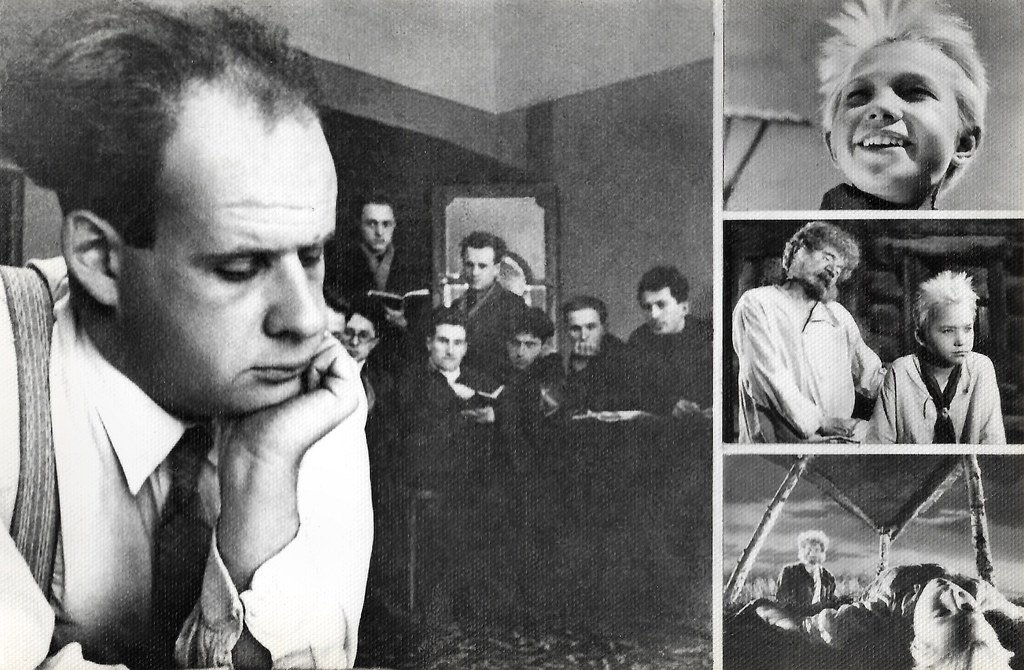
- 1923: “Glumov’s Diary” (short)
- 1925: “Strike” (Стачка)
- 1925: “Battleship Potemkin” (Броненосец Потёмкин)
- 1928: “October: Ten Days That Shook the World” (Октябрь «Десять дней, которые потрясли мир»)
- 1929: “The Storming of La Sarraz” (Буря над Ла Сарра, with Ivor Montagu and Hans Richter, lost)
- 1929: “The General Line” (Старое и новое «Генеральная линия», also known as Old and New)
- 1930: “Romance sentimentale” (France)
- 1931: “El Desastre en Oaxaca” (Mexico)
- 1938: “Alexander Nevsky” (Александр Невский)
- 1944: “Ivan the Terrible, Part I” (Иван Грозный 1-я серия)
- 1958: “Ivan the Terrible, Part II” (Иван Грозный 2-я серия, completed in 1946)
- Unfinished films:
- 1932: “¡Que viva México!” (Да здравствует Мексика!, reconstructed in 1979)
- 1937: “Bezhin Meadow” (Бежин луг, reconstructed in the 1960s using storyboards and a new soundtrack)
- Other work:
- 1929: “Frauennot – Frauenglück” (“Women’s Misery – Women’s Happiness”, also known as “Misery and Fortune of Woman”) (Switzerland) – Eisenstein worked as supervisor
Sergei M. Eisenstein’s Social Media Accounts

| Find Social Media Accounts | |
|---|---|
| sergei-eisenstein | |
| @Sergei Eisenstein | |
| #Sergei Eisenstein | |
| Youtube | Sergei Eisenstein |
Sergei M. Eisenstein’s Net Worth
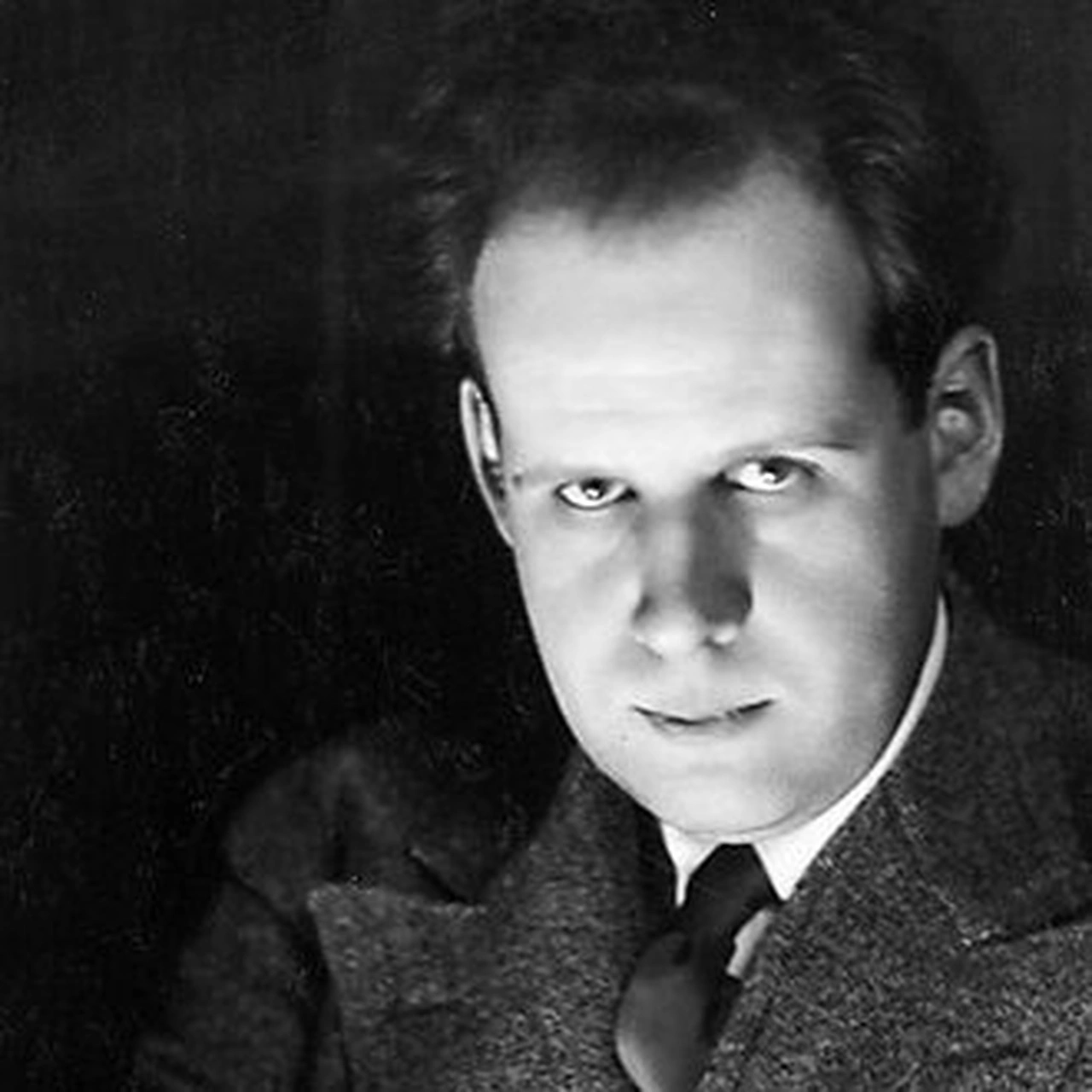
Sergei M. Eisenstein, a celebrated director from Russia, is estimated to have amassed a net worth of $2 million by 2024. Renowned for his revolutionary contributions to cinema, Eisenstein has profoundly influenced the industry with his innovative film techniques and pioneering use of montage. Among his notable masterpieces are “Battleship Potemkin” and “October: Ten Days That Shook the World.” Although his life was cut short by his untimely death in 1948, Eisenstein’s enduring legacy continues to inspire and shape the landscape of film.
| Estimated Net Worth in 2021 | $47 million |
| Previous Year’s Net Worth (2020) | Under Review |
| Annual Salary | Under Review. |
| Income Source | Primary Income source Director (profession). |
| Net Worth Verification Status | Not Verified |
FAQs About Sergei M. Eisenstein

Who is Sergei Eisenstein?
Sergei Eisenstein is a renowned director known for his influential contributions to cinema.
Where is Sergei Eisenstein from?
Sergei Eisenstein hails from Riga, Governorate of Livonia, Russian Empire. He was born and raised in this region.
How tall is Sergei Eisenstein?
Sergei Eisenstein stands at a height of 5 feet 7 inches (1.70 meters).
What is Sergei Eisenstein’s actual height?
According to our database, Sergei Eisenstein’s verified height is 5 feet 7 inches (1.70 meters).
Is Sergei Eisenstein married in real life?
Yes, Sergei Eisenstein was married. His wife’s name was Pera Atasheva. They were married from October 27, 1934, until Sergei Eisenstein’s death on February 11, 1948.
What is the name of Sergei Eisenstein’s wife?
According to our database, Sergei Eisenstein’s wife’s name was Pera Atasheva. They were married from October 27, 1934, until Sergei Eisenstein’s death on February 11, 1948.